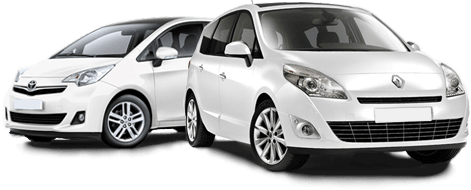Car Hire in England | Book at Unbeatable Prices

Compare Prices and Book from the Top Car Rentals






Car Hire in England
Hit the road in England and let the journey become an unforgettable part of your travel story

England, a country rich in history and heritage, is home to breathtaking landscapes, world-famous tourist attractions and quintessential English villages. A road trip across England is one of the best ways to truly experience this picturesque country. Drive along the Roman-built roads of London, relish the medieval charm of York, and be enchanted by the fairy-tale setting of Cornwall. Hiring a car provides you with the flexibility of exploring these wonders at your leisure.
England might appear compact on the map, but it's filled with diverse landscapes and towns, each having a unique charm. The average distance you might travel could range from a 1.5 hours drive between Birmingham and Manchester, to a 5 hours drive from London to Newcastle. Regardless of the distance, each journey promises a window into England's rich cultural heritage and scenic beauty, making the drive worth every mile.
The best part about a car journey in England is the freedom to stopover at locations that capture your interest. From historic buildings, beautiful parks and gardens, to miles of coastline and stunning countryside, there are plenty of picturesque spots to discover. And while you’re on the move, don't forget to stop by at a traditional English pub to savour the local cuisine, which is a trip highlight in itself. Remember, driving in England is a pleasure, not a race. So, hire a car, enjoy the journey and create unforgettable memories in this captivating country.





